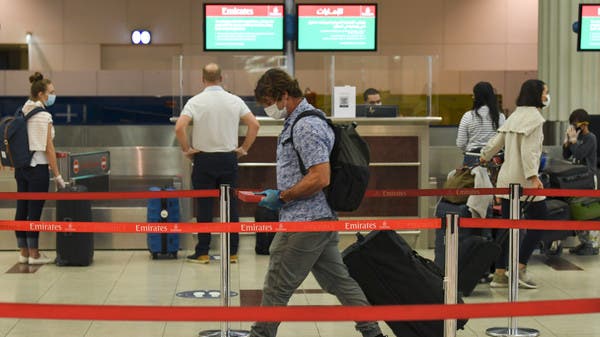
Low risk: Residents and citizens are allowed to travel to these countries
Medium risk: Emiratis are allowed to travel to these countries for medical treatment, to visit first-degree relatives or on official diplomatic trips
High risk: UAE citizens and residents are not allowed to travel to these countries
Medium risk: Emiratis are allowed to travel to these countries for medical treatment, to visit first-degree relatives or on official diplomatic trips
High risk: UAE citizens and residents are not allowed to travel to these countries
Here are the steps for those who wish to travel:
Before leaving the UAE
- Register with the Tawajudi service
- Get tested for COVID-19, with test results received through the Al Hosn app and not exceeding 48 hours
- Have international health insurance
- Those over the age of 70 and suspected cases are not allowed to travel, and those will chronic illnesses are being discouraged from traveling
- Those with a temperature of over 37.8 degrees Celsius are not allowed to travel
- Pledge to self quarantine upon return and not to visit other countries
During the trip
- Follow the country’s COVID-19 guidelines
- Go to the nearest medical centre if you are experiencing symptoms
- Inform the UAE Embassy if you have tested positive for COVID-19
Upon returning to the UAE
- Wear a mask at all times
- Have a travel file including all details of your current health status
- Download the Al Hosn app
- Undergo the 14-day quarantine period. This can be reduced to seven days if the passenger if coming back from a low-risk country
- Those with symptoms must take a COVID-19 PCR test.
- If the traveller cannot home quarantine, they must stay in a hotel and bear the cost.
Key guidelines for those travelling outside the #UAE.— NCEMA UAE (@NCEMAUAE) June 17, 2020
#YouAreResponsible#We_Are_All_Responsible pic.twitter.com/hTmwoztSOo
God will see the globe through.
ReplyDelete